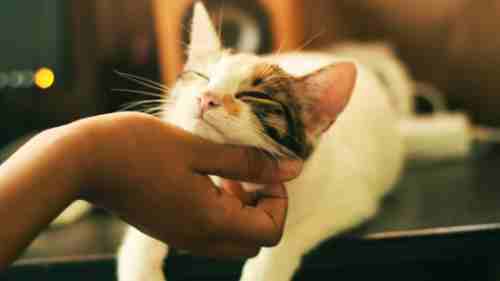It is a given that all cats require regular visits to the vet to be well. But, some are not sure the frequency they should bring their pet to the veterinarian. Most people think that cats don’t need any veterinary attention like dogs. They believe that cats are independent enough to care for themselves and don’t need you to visit them to have a checkup in the event of apparent signs of illness. It would help if you saw your cat’s vet more frequently than the average.
While there’s no exact or fast rule, the amount and often you bring your pet to the veterinarian is contingent on your cat’s age and lifestyle. Still, below, we’ve provided some general guidelines on when to get your feline to the vet.
Kitten Vet Visits
The new cat owners are generally required by an agreement with a breeder or shelter to bring their kittens to a veterinarian as soon as after the adoption. This establishes your relationship with your veterinarian and allows the veterinarian to begin monitoring your kitten’s health very young in his life.

The vaccinations begin when your kitten is between 6 and 8 weeks old, based on their lifestyle as well as their family history and the common illnesses in your area, Wheeler says. The first dose will comprise shots against rhinotracheitis, the calicivirus, as well as panleukopenia.
Around about three to four weeks after the kitten will receive the second dose of vaccinations. The vaccines will repeat every three or four weeks until your kitten is approximately four months old.
Three months will be when rabies vaccinations begin, Wheeler says, with boosters starting at one year and after that every three years (or according to the manufacturer’s recommendations).
Initial visits to the veterinarian will consist of physical examinations and explaining the prevention of ticks and fleas, Wheeler states. It’s also an excellent opportunity to seek your veterinarian’s guidance on any questions about behavior or training you may be facing.
Adult Cats
It is recommended to bring your cat’s adult age to have a vet checkup at least once a year, at least every six months, or once every two years. Checkups typically comprise dental cleanings and inspections, and vaccinations. Even if your cat’s indoor, it will still require rabies and distemper vaccinations. The shots usually last for three years. However, don’t be concerned in case you get lost. A competent veterinarian will test their levels of immunity to ensure that they are receiving the best treatment.
SENIOR CATS AND VET CARE
It’s true that the cat who is seven years old can be classified as a senior. It is recommended that she visit the vet every two years to determine if there are any indications of age-related ailments that may develop rapidly. Certain diseases could become serious in the space of a year, so twice-annual visits are required.
Checks for wellness
Wellness checkups are an essential part of your cat’s annual vet checkup, and they can include things such as vaccine boosters, physical examinations, treatment for ticks or fleas, and much more. Don’t be afraid to arrange a wellness examination more frequently than once a year if you observe your cat’s behavior is oddly or showing signs that there’s something wrong.
Final thoughts
Going to the vet isn’t something that should be reserved for emergencies, illness, or concerns. If you regularly visit a vet who is a licensed expert, you’ll probably be able to spot and treat any issues before they become serious.
A strong relationship with your veterinarian will not only benefit your cat, but it can also give you an experienced resource to go to that you’re worried about concerning your animal. As time passes, your vet will get to know your cats and their medical history, and this information can help identify any signs of trouble.